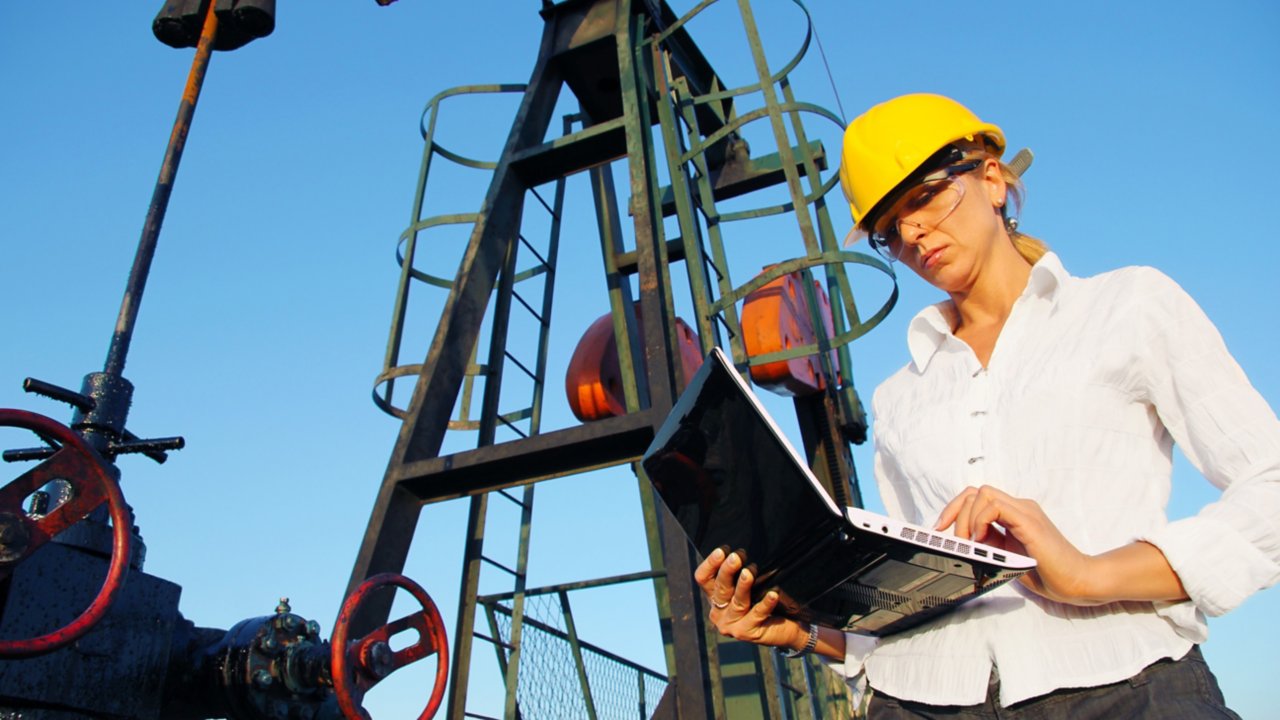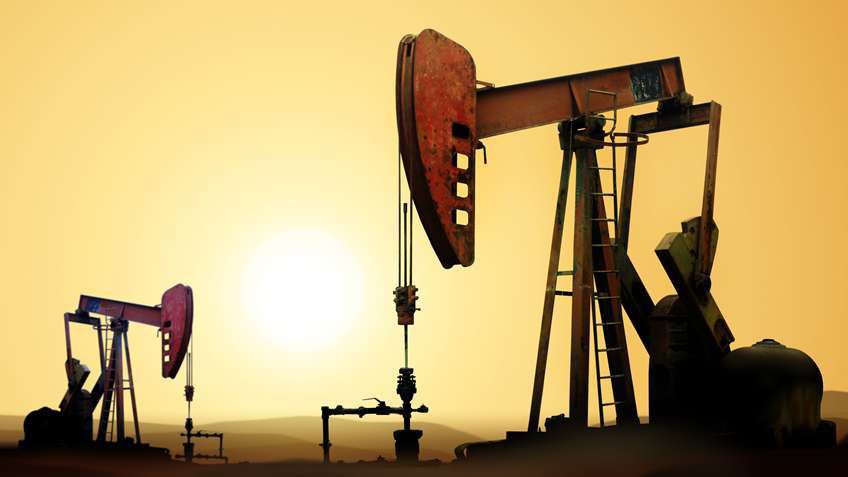What to Consider Before Deployment
Using a mix of technologies from multiple vendors can make integration difficult if your analytics software isn’t vendor agnostic. You can run into issues with connectivity or data limitations.
An open-architecture analytics approach will support your current technology investments. And it allows you to simultaneously connect with multiple analytics software engines, like those from oil and gas industry consultants. This can help you create an end-to-end production advisory system that leverages both internal production intelligence and external domain expertise.
You can also benefit from scalable analytics solutions that process data as closely as possible to where the data originates. Some examples of scalable analytics solutions include:
- Device-level analytics can provide health and diagnostic information for critical devices and send alerts to a worker’s smartphone if a device needs attention.
- System-level analytics can alert workers of impending equipment failures or improve your collaboration with external stakeholders.
- Business-level analytics can help drive your production and operational performance.
One aspect of an analytics strategy that is often overlooked is the importance of data integrity. This is critical for achieving accuracy and useful results. The information solution you use should be able to validate data coming from the field as well as minimize data gaps that could impact the results of analytics software and the decisions made by operators.
Lastly, it is important to consider how operators interact with the results of the analytics software and other systems. Intuitive dashboards can help workers not only easily identify and understand critical production information but also respond to it as quickly as possible.
An Essential Asset
Analytics can help you identify performance trends, quickly react to events affecting production and equipment uptime, and even proactively prevent lost production and downtime.
You may still have lots of questions about how to effectively plan, build or launch your analytics roadmap. But given the pressures facing oil and gas producers, the most critical question you should be asking today is: How much longer can you compete without real-time insights?



